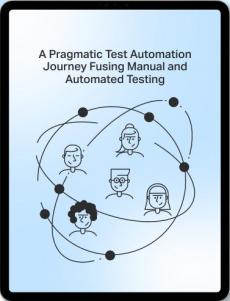How will test automation shape the future of QA?
Like many tech endeavors, QA has undergone radical evolution over the past decade, and to keep up with the competition, dev teams are looking toward the future of QA. Now, perhaps more than ever, consumers hold a critically high bar for their web and mobile apps. This means, of course, continued investment in efficient, high-quality testing to stay competitive. But what about the A word?











